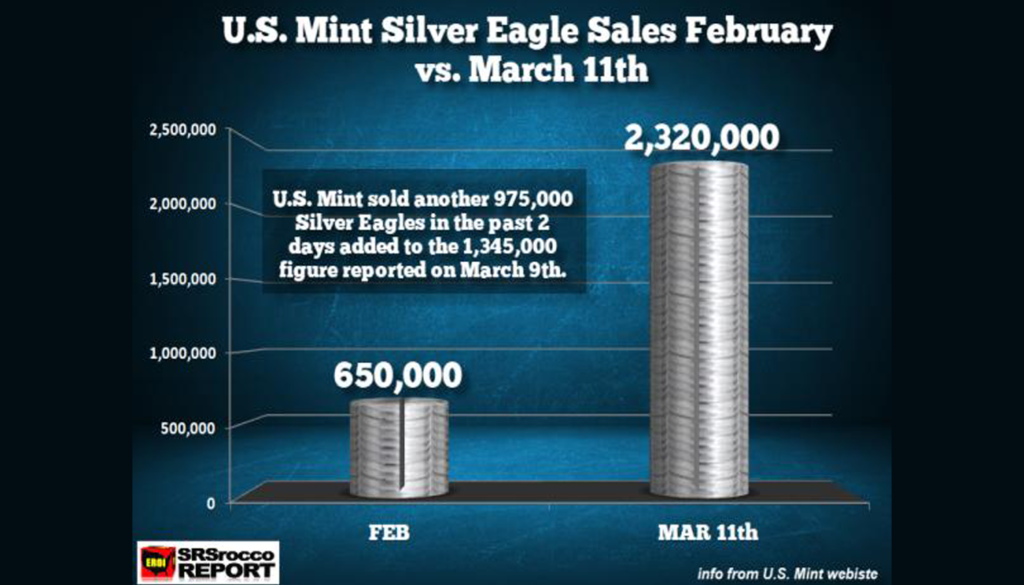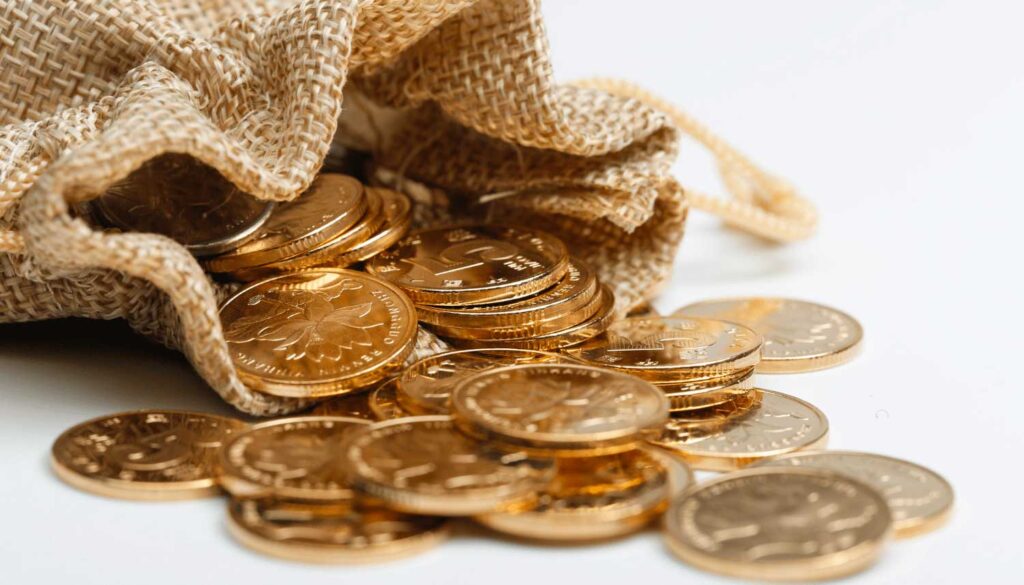Gold prices have been working their way lower despite recent events, which would normally be positive for this market. However, if looking at gold as catastrophe insurance, then its fall in value is more logical and probably has further to go.
The Cyprus bailout fiasco combined with continued quantitative easing programs from central banks with Japan promising to do it on an epic scale should have been a rallying cry to buy gold. But in fact the price of the yellow metal only made modest gains at the height of the Cyprus rescue debacle and has since started looking bearish again.
It is certainly looking like gold has lost its mojo. When a market no longer responds with higher prices to events that are normally seen as a positive, then it is generally a signal that a once bullish trend is over.
Gold chart – Catastrophe insurance is getting cheaper
The world is looking safer
Basically it is a case of perceptions with the world economy looking safer than it did some years back. Banks are now more robust and financial systems are under less stress. Also, the huge monetary stimulus from central banks has not resulted in much inflation. Therefore, investors feel less need to buy catastrophe insurance and many are thinking about return on capital rather than just return of capital. That means chasing yield and capital gains in equities for example, particularly if they believe economies are going to start growing again.
Is Cyprus the start of central bank distress sales?
Another negative for gold actually could have emerged from the Cyprus bailout. The European Commission is pressurising the country to sell some of its gold reserves to help fund its bailout – the amount involved is relatively small because its reserves were only 13.9 tonnes at the end of February.
But it could set a precedent and this is the first time it is being seriously considered. What happens if gold sales feature in other Eurozone bailouts? Portugal holds 382.5 tonnes, Spain has around 281 tonnes and then Italy has just under 2,452 tonnes, making it the world’s fourth largest holder. A trickle of gold sales from Cyprus could become a flood if Italy needed rescuing. And this particular downside risk isn’t priced into the market.
To avoid a self-fulfilling collapse in the gold price, those countries could use their reserves for loan guarantees instead to other central banks and institutions such as the IMF. Other central banks, such as the Chinese one, might view it as an opportunity to boost their own gold reserves at favourable prices should the borrowers default whilst protecting the value of their own holdings.
But on the plus side, one important factor remains. USD, JPY and GBP continue to be created at a faster pace than new gold is being mined. Logically, should that continue, gold prices should eventually turn back up again.
Factors to watch are the U.S. economy and the Eurozone crisis – both are far from being out of the woods. The U.S. economy is failing to recover at a pace comparable with previous recoveries despite the unprecedented monetary stimulus efforts and the same applies even more to the U.K.
Last week’s surprisingly weak jobs growth in the U.S. is also a cause for concern and should it become a trend then the Fed will likely maintain its quantitative easing program well into next year.
Meanwhile, the Eurozone economy is actually weakening. That makes it more likely other countries within the club will need bailing out at some point and will increase the difficulty of turning around those already in trouble. And though a more responsive European Central Bank has reduced systemic risk, it can only do so much. Ultimately preservation of the EUR requires a return to economic growth to reduce financial strains.
A new catalyst for a gold rally?
The other point to ponder is how developed countries are going to pay down their enormous debts if they can’t rekindle sustainable economic growth. That might eventually bring into question the credit worthiness of the bonds issued by countries such as the U.S., Japan and the U.K. Should quantitative easing be widely perceived as being motivated by financing governments rather than re-firing economic growth, then all hell could break loose in the currency and bond markets.
The price of the ultimate in catastrophe insurance might be falling at the moment and could even test to levels of around $1,400 troy/oz. However, the potential catalysts for a return to a full blown financial crisis are far from passed and gold may yet shine again.
Justin Pugsley – Resource Investor – April 12, 2013






